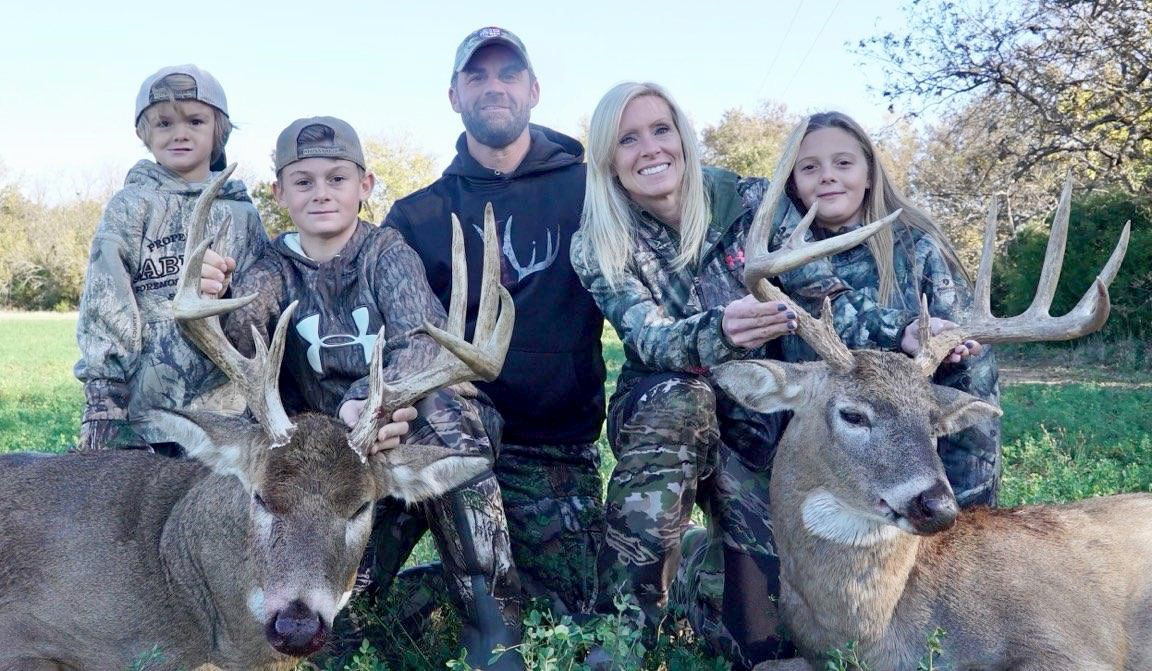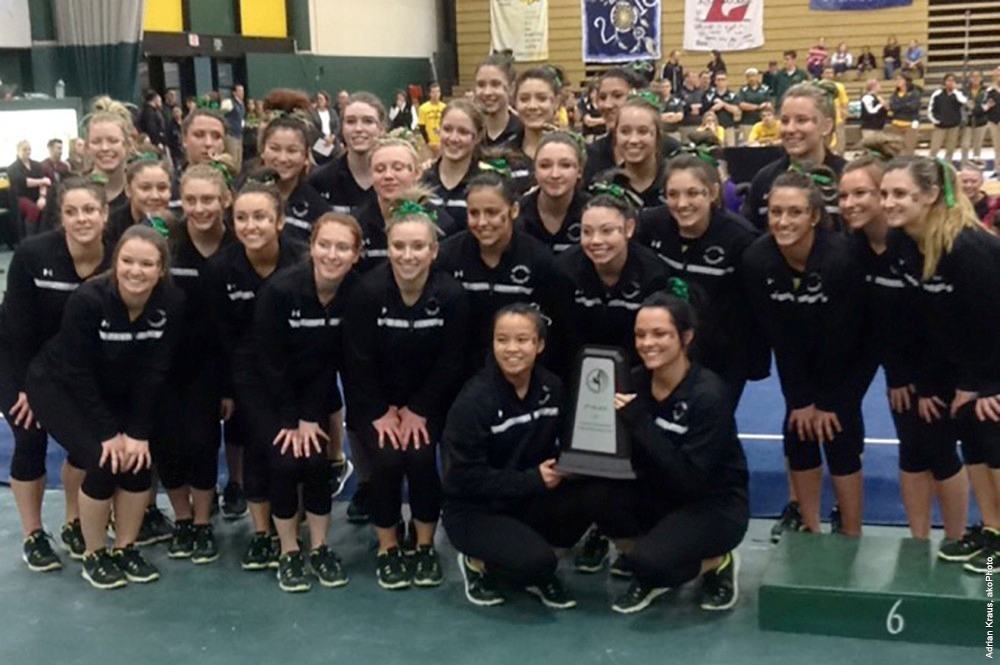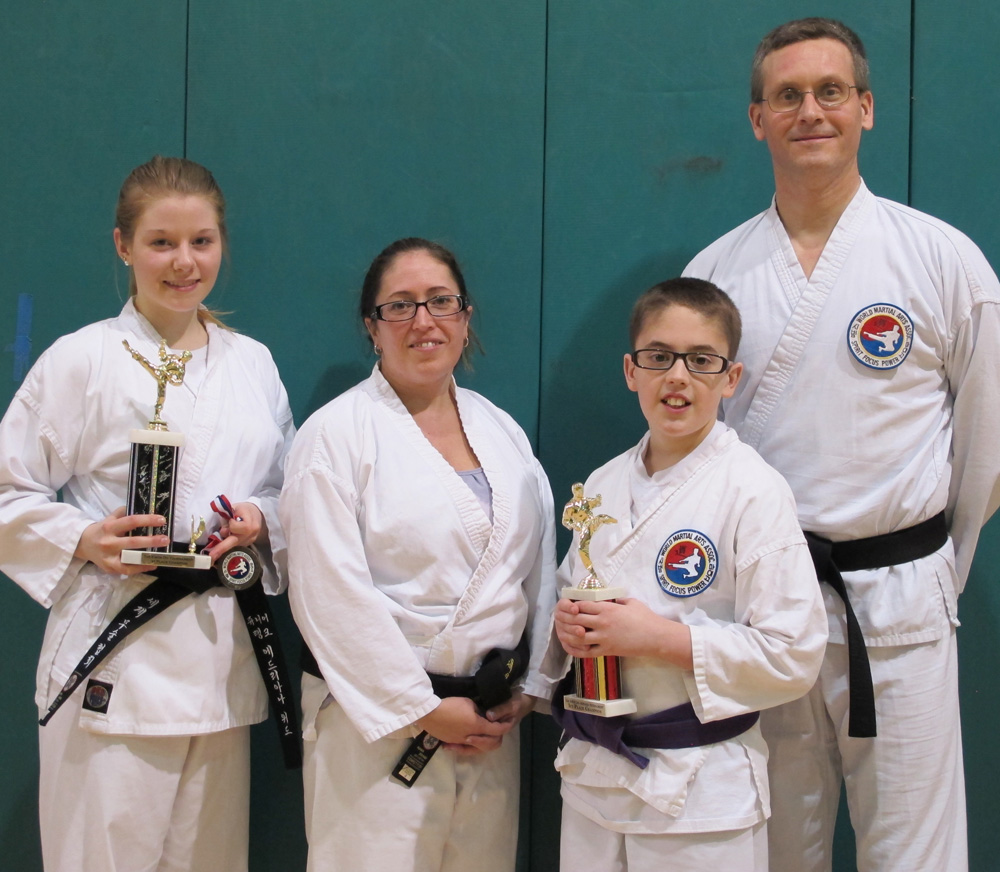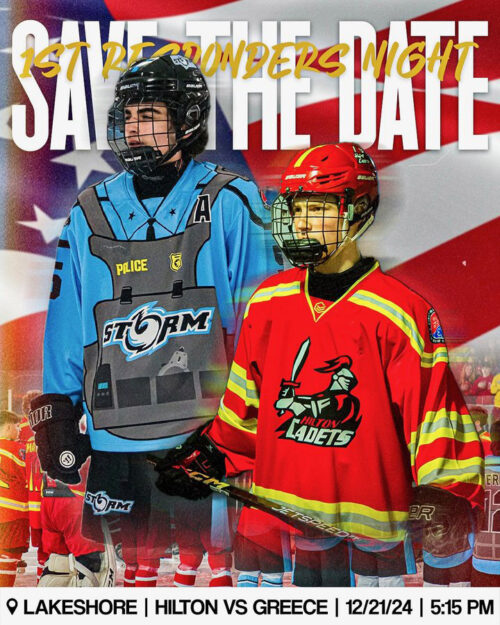Deer season is here

If early indicators are accurate the 2018 deer harvest should be up significantly here in what the Department of Environmental Conservation labels the southern zone of New York State. The early snow we’ve had has helped light up the woods for hunters. Deer moving on a white background of snow are much easier to spot and when wounded easier to track.
The regular gun season always begins the third Saturday in November which this year was Saturday, November 17 and runs through December 9. Then the muzzleloader and late bow season starts December 10 and runs through December 18.
The D.E.C. tells us that deer hunting is changing in New York as many hunters are choosing to voluntarily let the young bucks go by allowing them to grow another year. The older bucks are now making up an increasing portion of our deer harvest. In 2017, over 53 percent of the adult bucks taken across the state were 2.5 years old or older.
Each year, more than 500,000 deer hunters contribute nearly $690 million to New York State’s economy through hunting related expenses, the purchase of hunting licenses and federal excise taxes. Hunters generate over $35 million to support the management activities of NYSDEC. Hunters take some 220,000 deer annually, filling freezers with roughly 10.8 million pounds of high quality local venison, one of the healthiest meats you can eat.
If you don’t have any venison in your freezer by now you have your work cut out for you. Most whitetails that have had an encounter with a hunter either by catching their wind or a visual meeting will head for the thickest cover they can find, and most will not move again until after dark. Especially the big old boys who bury deep and become completely nocturnal after the first shot goes off.
So the question to most deer hunters this far into the season is to sit in one spot knowing that the deer will not be moving on their own or get a group of hunters together and make them move. The purists will say to sit quietly in a tree or ground blind; it is sacrilege to disturb the woods in such an obnoxious manner. But the meat hunters will say that if the deer aren’t moving on their own we will move them. Which, by the way, does benefit the stand hunters as the drivers get the deer stirred up in all directions. Now it might be time to think about moving some deer. You don’t necessarily need a big group. As a matter of fact, a small band of hunters can push deer out of those small out of the way spots that the smart bucks hang out in. Just be safe, know who you are hunting with.
Once the regular gun season ends on December 9, you still have an opportunity to hunt the late bow and muzzleloader seasons which runs from December 10 to 18 in our area. Late season deer hunting is a whole different ball game. Strategies for connecting with these pressured deer with a muzzleloader or a bow are much different. Forget your treestands that were productive during the rut. You must hunt late season whitetails at food sources, as the weather gets colder the deer have to eat more often.
If you are hunting with a bow, look at properties that are off limits during the gun season. Places like public or corporate properties that prohibit the discharge of a weapon, such as parks golf courses, airports, ski resorts and woodlots adjacent to manufacturing sites. Obviously, these spots won’t work for muzzleloader hunter who must hunt in locations where it is legal to a discharge a firearm. They need to look closely at places like thick creek-bottoms, swamps, uncut corn lots, overgrown fields of multi-flora rose, and any other chunk of real estate that for one reason or another prohibits human intrusion can also harbor herds of harassed whitetails.
Once you find the spots where these skittish deer are bedding, look for the closest place they can find a meal. Corn fields, alfalfa lots and hay mowing are great food sources, but if you can find an abandoned apple orchard that can be a real hot spot. You can hunt the food source but keep your stand back far enough so that the deer are able to comfortably enter the food source. Hunt the travel corridor or transition and staging areas leading from bedding to the destination food.
And, as always, wind direction is critical, stay out of your stand until the conditions are perfect. If you are targeting a mature, trophy-caliber buck, remember that they are typically the last to enter a food source. Keep the existing deer comfortable; remember that the big boys are back in the woods evaluating the situation.
Be safe out there. There is nothing about a human that looks like a deer. Know your target! I want to believe that it is rare that hunters mistake each other for deer. They can’t be that dopey, can they? I believe most accidents happen when a deer comes between hunters and they get so excited they shoot at the deer without being aware of what’s behind it. Other common accidents happen when hunters shoot themselves while crossing fences without unloading their gun, climbing in and out of a tree stand or back at the vehicle when somebody mistakes an empty gun that is still loaded. Treat every gun like it is loaded all the time and you won’t develop any dangerous habits.




